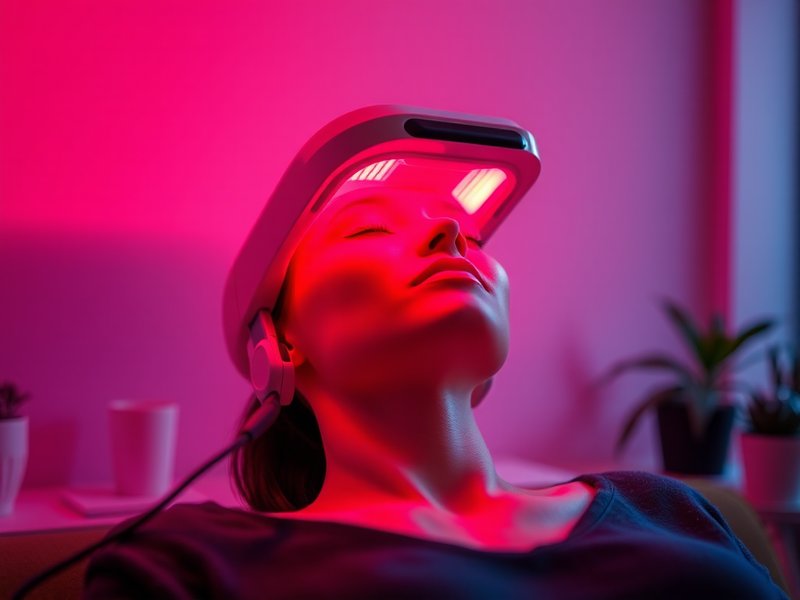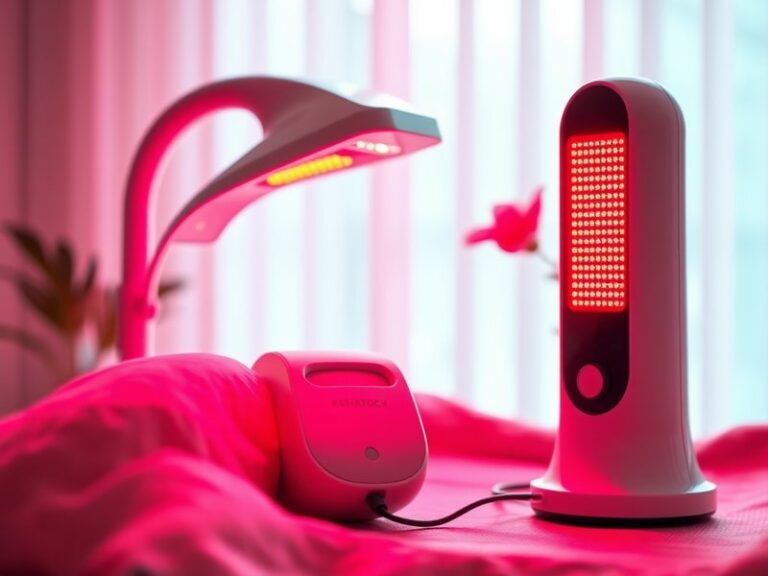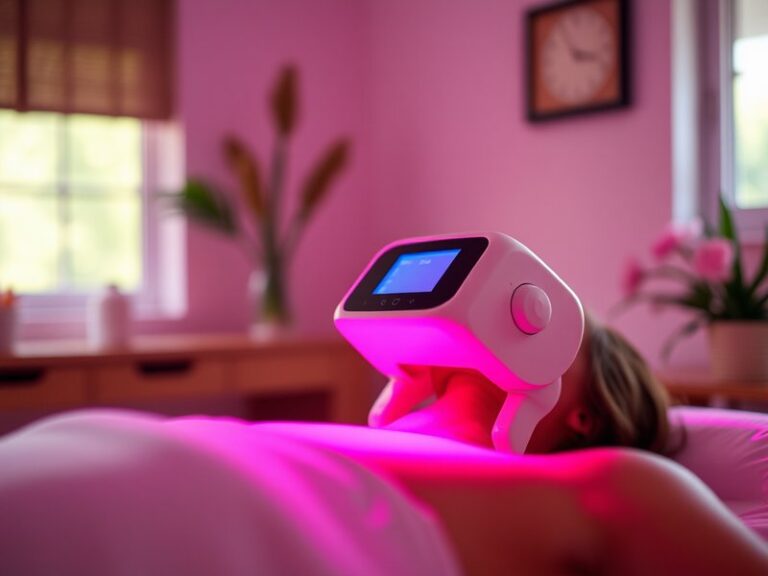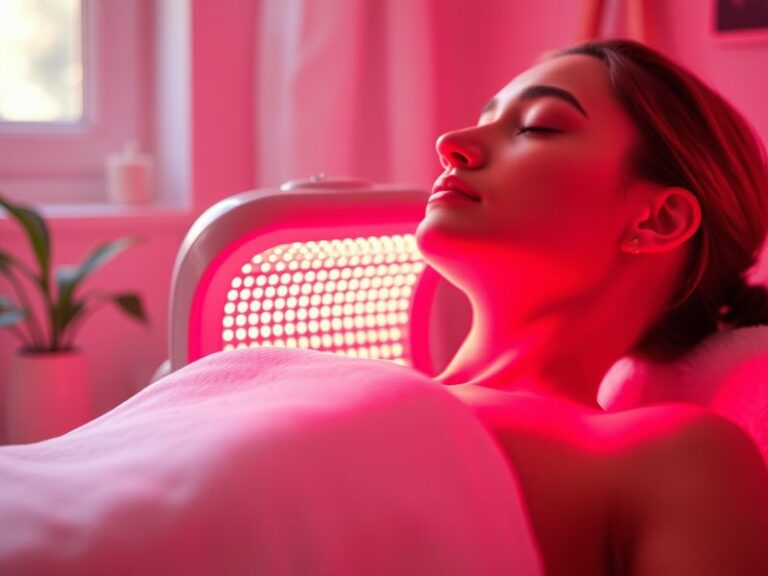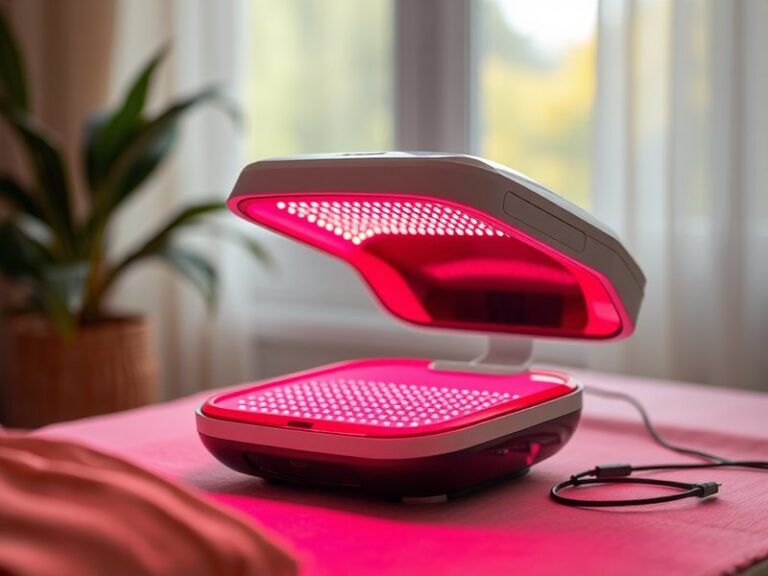Can Red Light Therapy Make You Dizzy?
Can Red Light Therapy Make You Dizzy?
Have you ever wondered if red light therapy can lead to feelings of dizziness? In this article, we will explore the connection between red light therapy and common side effects, specifically dizziness, while examining its benefits, considerations, and alternative options.
Check our latest on Does RLT Burn?
Key Takeaways
- Red light therapy is generally considered safe, but individual reactions can vary.
- Dizziness is not a widely reported side effect of red light therapy.
- Addressing underlying health issues and ensuring proper usage can minimize the risk of dizziness.
What is Red Light Therapy?
Red light therapy (RLT) is a non-invasive treatment that uses low-level wavelengths of red light to promote various health benefits. It works by stimulating cellular function, leading to increased ATP (adenosine triphosphate) production in cells, which energizes them and enhances metabolic processes. RLT has been utilized in treating skin conditions, reducing inflammation, and aiding wound healing.
Numerous studies suggest that RLT may help with muscle recovery, pain relief, and even hair regrowth, making it an appealing option for many looking to improve their health and wellness.
What are the Benefits of Red Light Therapy?
Red light therapy offers a range of health advantages, making it popular among athletes, skin care enthusiasts, and those seeking alternative health solutions.
Improving Skin Health
RLT has shown promising results in enhancing skin tone and texture. It can reduce wrinkles, scarring, and acne, making it a popular treatment for anti-aging.
Alleviating Pain and Inflammation
Various studies have demonstrated that RLT can effectively reduce pain and inflammation in conditions like arthritis, muscle strains, and nerve pain. This can significantly improve the quality of life for individuals suffering from chronic pain.
Enhancing Muscle Recovery
Many athletes utilize RLT to expedite recovery post-exercise. By boosting circulation and reducing muscle soreness, individuals may return to their training routines more quickly.
Promoting Hair Growth
RLT is becoming increasingly popular in treating hair loss conditions for both men and women. The therapy has been shown to stimulate hair follicles, encouraging hair regrowth.
Is it Possible to Experience Dizziness from Red Light Therapy?
While dizziness is not a commonly reported side effect of red light therapy, some individuals may experience this sensation due to various factors. These could include the duration of exposure to the light, individual health conditions, or even an imbalance in the body.
It’s essential to distinguish between temporary dizziness linked to the therapy or discomfort from improper usage (e.g., inappropriate distance from the light source or extended exposure).
What are the Advantages of Identifying When Dizziness Occurs?
Recognizing when and why dizziness occurs can lead to a safer and more effective RLT experience. Understanding specific triggers allows users to adjust their therapy sessions accordingly.
What are the Disadvantages of Ignoring Symptoms?
Neglecting symptoms such as dizziness can lead to adverse reactions. Ignoring discomfort could result in increased anxiety and avoidance of beneficial therapies, impacting overall wellness.
What are the Things to Consider Before Using Red Light Therapy?
Prior to engaging in red light therapy, it’s crucial to evaluate several factors to ensure its safety and effectiveness.
Consultation with a Healthcare Provider
Always consult with a healthcare professional before beginning any new therapy, especially if you have pre-existing health conditions or concerns about dizziness or other side effects.
Proper Equipment Use
Ensure that the equipment is appropriate for your type of therapy. Following manufacturer guidelines on distance, duration, and frequency of use can significantly reduce the risk of adverse reactions.
Duration and Intensity of Treatment
Start with shorter sessions at lower intensities before gradually increasing as your body adapts. Paying attention to how your body responds can prevent any discomfort, including feelings of dizziness.
Evaluation of Overall Health
Assessing underlying conditions that could influence your response to therapy can help identify potential issues. Higher sensitivity to light or prior history of dizziness may necessitate caution.
What are the Alternatives to Red Light Therapy?
If you’re concerned about dizziness or looking for different methods to achieve health benefits, several alternatives to consider include:
Infrared Therapy
Infrared therapy utilizes longer wavelengths of light similar to RLT. It penetrates deeper into the skin and tissues, offering pain relief and muscle relaxation without the light’s direct intensity.
Cold Laser Therapy
Cold laser therapy also involves low-level light exposure but focuses primarily on pain relief and inflammation reduction. It functions similarly to RLT without generating heat, making it a gentler option for some individuals.
Ultrasound Therapy
This modality uses sound waves to promote healing and reduce pain. Ultrasound therapy is particularly beneficial for soft tissue injuries and can provide an alternative option for those uncomfortable with light-based therapies.
Massage Therapy
For those experiencing pain or discomfort, traditional massage therapy can help alleviate tension, improve circulation, and promote relaxation. It can be an effective alternative for individuals seeking holistic approaches to health.
Conclusion: Is it Recommended to Try Red Light Therapy?
Overall, red light therapy is regarded as a safe and effective treatment option for many conditions, with limited reports of dizziness. However, individual experiences may vary, and it’s essential to approach any new therapy with caution and mindfulness. Consultation with a healthcare provider and starting with monitored sessions can lead to a positive experience.
Frequently Asked Questions
Can everyone use red light therapy?
While RLT is generally safe, individuals with certain medical conditions, such as photosensitivity or specific skin disorders, should consult their healthcare provider before starting treatment.
How long does a red light therapy session typically last?
Sessions usually range from 10 to 30 minutes, depending on the condition being treated and the specific device used.
What should I do if I feel dizzy during RLT?
If you experience dizziness during a session, immediately discontinue use and sit down until you feel stable. Consider adjusting the intensity or duration of your treatments in future sessions.
See the full article Daily Red Light Therapy?
Is red light therapy suitable for children?
While RLT can benefit children, it’s essential to consult a pediatrician to ensure it is safe and appropriate based on individual health needs.
How often should I engage in red light therapy sessions?
The recommended frequency can vary based on treatment goals. However, many users practice RLT two to three times per week for optimal results.
